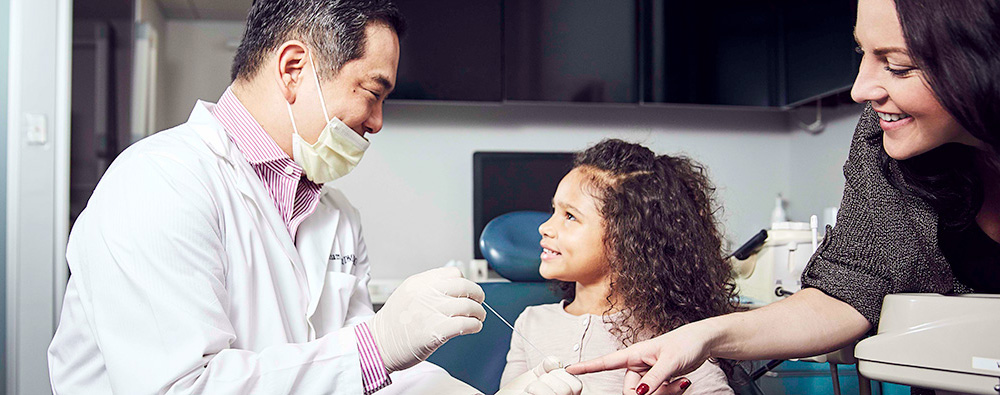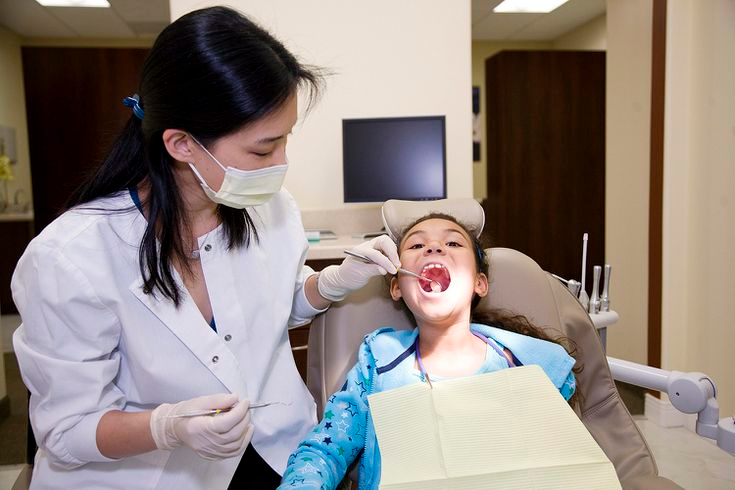All dental practitioners deal with oral health issues. While this is true, the practice is further divided into many fields that one can specialize in. As such, they perform different duties depending on the specialization.
This creates various types of practitioners such as cosmetic, pediatric, and general dentists. The latter provides generalized oral healthcare services and is at the very basic level of dentistry. They can also do referrals where special care is needed.

This article serves to highlight the differences between pediatric and other types of dentistry. For more details, you can for example visit a pediatric dentist in Roanoke and get your questions answered.
What is the level of training?
In general, all practitioners must acquire a bachelor’s degree from certified institutions and then proceed to attend and graduate from a legitimate dental school. This equips practitioners with the necessary knowledge for providing basic services such as tooth cleaning and extraction. In short, they are allowed to operate as general dentists.
Pediatricians on the other hand must attend another special school for two years where they get acquainted with the skills required for serving children. This makes them better placed to handle young ones as opposed to the other types of practitioners.
In particular, they can help parents ensure proper oral hygiene of their children by devising means to stop bad habits such as thumb-sucking. They are not only equipped to deal with young children but also teenagers.
What are the various services offered?
As mentioned earlier, general dentists offer comprehensive services that are usually suited for adults. This includes fillings in the case of worn out teeth, extraction for a badly damaged tooth that causes a lot of pain and might result in infections, realignment of the teeth, regular checkups, and cleaning. They can also handle dental emergencies that may arise.
Pediatricians can also offer the services stated above but mostly in a manner suited for children. For this reason, they rarely deal with cases requiring services such as fillings and implants as these are uncommon in children.
They mostly deal with issues such as tooth decay and weak gums in which case an orthodontist is required. The orthodontist is specialized in matters of gum diseases and can provide braces for weak gums.
There are also cosmetic dentists who are responsible for enhancing or restoring the appearance of the teeth. They can perform dental surgeries involving implants, provide realignment services, do teeth whitening, and so on. Jobhero.com describes well the responsibilities of pediatric dentists at https://www.jobhero.com/job-description/examples/dentistry/pediatric-dentist.
What are the objectives of the various types of practices?
Although pediatricians can treat some of the diseases and also help manage the conditions, their main aim is to prevent them from occurring. Thus they work hand-in-hand with the parents to ensure that good oral hygiene is observed and proper habits upheld.
They do so by offering protection in the form of sealants, referrals to other specialists, and advice. In contrast, the other types of dentistry focus more on treating and managing the cases that have already occurred.
This is mainly because they usually deal with adults who have developed and are already experiencing health problems. Therefore, their tactics are different from pediatricians. For instance, a problematic tooth may be readily removed instead of trying to treat it.
What is the difference in the various settings?
A general dentist’s workplace is very different from that of a pediatrician. The former is designed to provide the practitioner with the conducive environment that they require for optimal performance. As such, it is not very considerate of the patient.
The tools are clearly visible and all the information contained in the magazines and charts on the wall are dental related. For the pediatrician, the workplace is meant to be calm and fun for the children. This makes them comfortable hence reducing the fear that they might be having. The tools are also concealed and only brought out one at a time for use.
These are small-sized and designed to perfectly suit the patient. There are a lot of toys around and the walls have bright graphical works. In general, it is meant to put the child at ease and make the experience as enjoyable as possible.

Who has the most responsibilities?
In terms of the range of services offered, the general ones have more responsibilities than the specialists as they handle all issues comprehensively as opposed to particular ones.
The latter usually cater to cases that have been referred to them by the other practitioners. However, a specialist will be paid more because they offer advanced services which usually require great expertise.
Both of them are busy throughout the day as they receive a lot of patients. This is also dependent on the place of work. Those working at big public hospitals receive many more patients than those running small private clinics.
When to visit a pediatric dentist
It is recommended that you take your baby for a checkup as soon as the teeth start growing. This will help determine if the teeth are developing as they should. You will also be advised on the right way to observe oral hygiene for the child at that age. Afterward, regular checkups should be conducted to help prevent or take care of any issues that may arise. Teenagers with problems such as weak gums also ought to go for treatment. Avoid using braces without consulting a specialist. Encyclopædia Britannica discusses the various types of dentistry at https://www.britannica.com/science/dentistry/Dental-specialties-and-subspecialties.
Conclusion
Dental patients are of different ages and thus have different requirements. Children, in particular, have unique needs different from those of adults. For example, they are afraid of sharp objects and other equipment used during tooth extraction. Thus they have to be assured and handled with care. Teenagers too are susceptible to emotions that might make them not want to go to the dentist. Some consider wearing braces to be embarrassing. All these factors make pediatrics to be different from the other forms of dentistry. The difference is mainly brought out in terms of the services provided, level of training, experience, and the work environment. The main aim which is to prevent rather than cure also distinguishes them from the rest.
